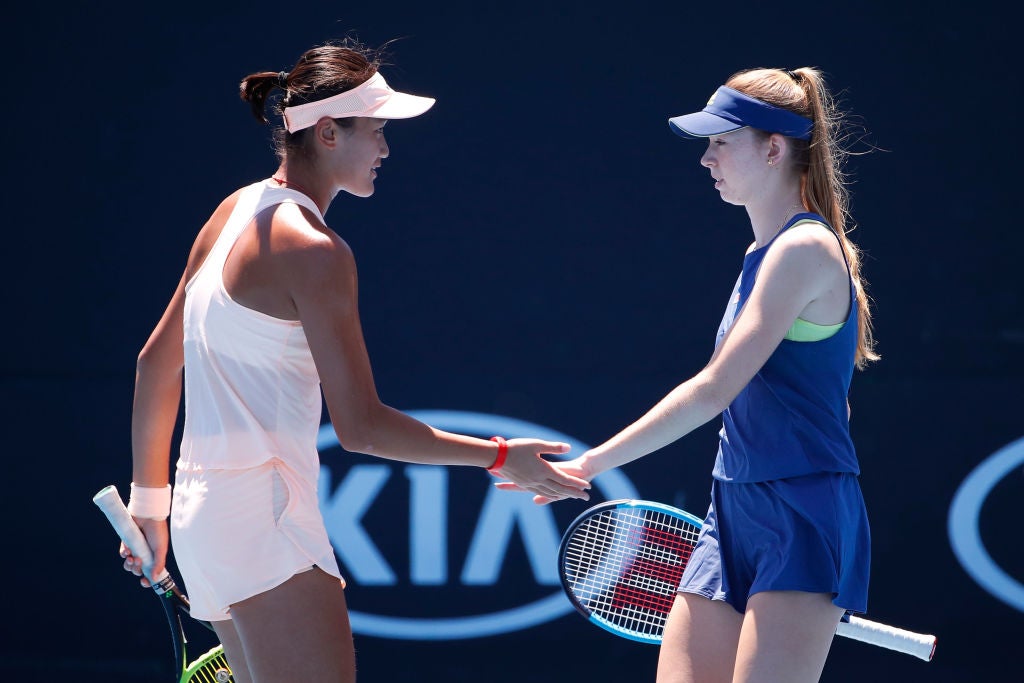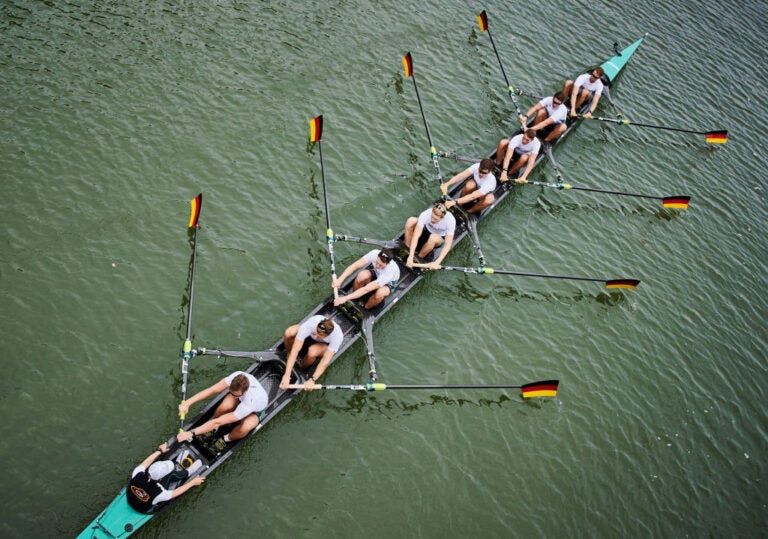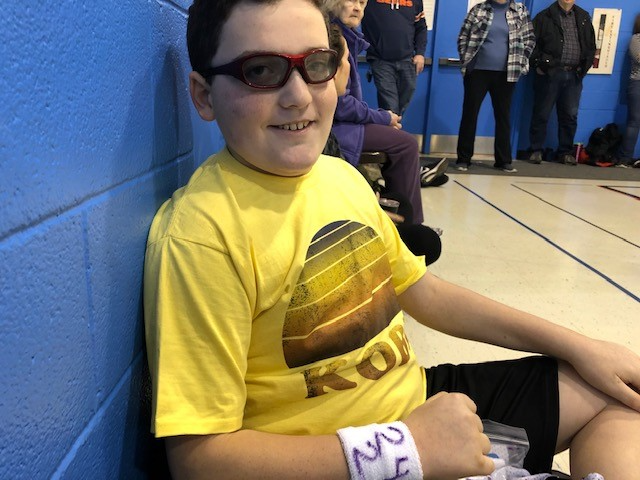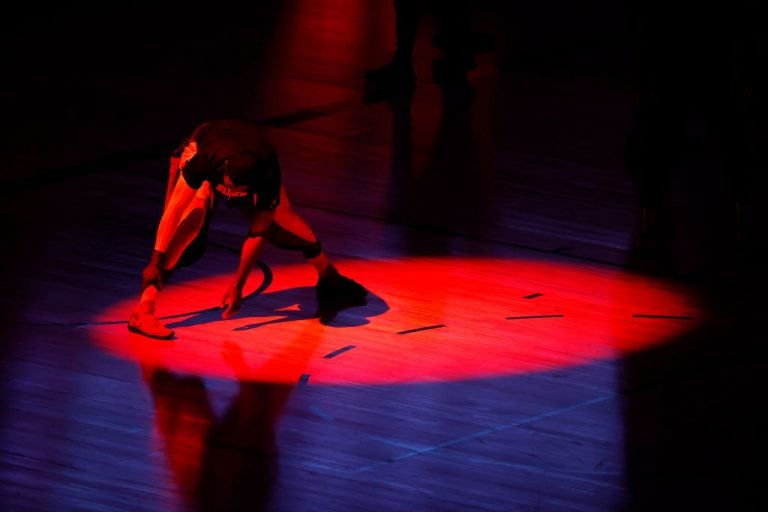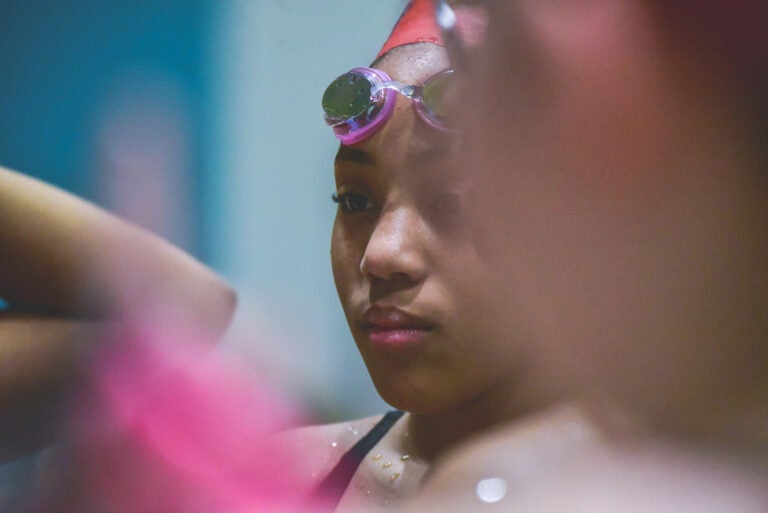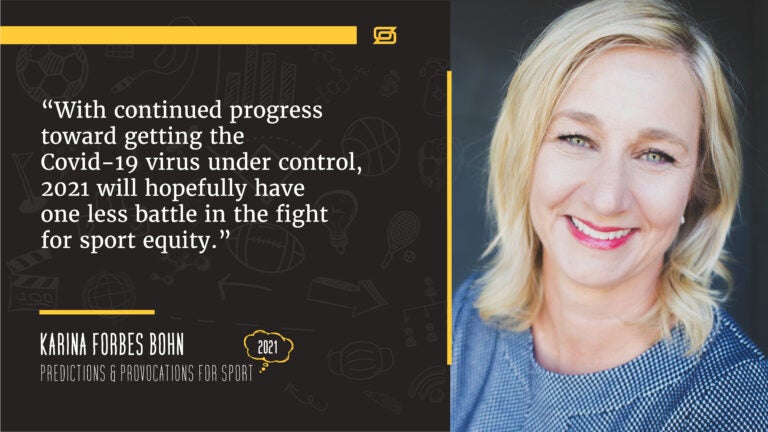What American Youth Sports Can Learn from the World
Why this matters
From a lack of participation to emotional and physical abuse scandals, youth sports in the United States face many challenges. Borrowing the best ideas from other countries – and grounding that in quintessentially American principles of human rights – can help solve those problems and improve the state of play for our children.
Just over a decade ago, USA Hockey recognized it had problems in its youth pipeline. Too many kids were quitting the sport by age 9 or 10. Too many parents were making life miserable for referees. Concerns about concussions were growing, skill development was being neglected, and a win-at-all-costs youth sports mindset had taken hold.
In response, the organization introduced the American Development Model, a framework built around eight stages of age-appropriate athletic development. Materials were created for coaches and parents to promote multisport play over early specialization. Body-checking at the Peewee level (U12) was banned in games. National championships at that level were canceled in order to discourage that as a measure of success.
Traditionalists grumbled. But real progress has been made. National participation rates have grown. Over time, better National Hockey League talent has emerged. In 2014, the U.S. Olympic Committee began to encourage other national governing bodies (NGBs) to create ADM models for their sports – and today more than 25 of them have frameworks in place. Slowly but surely, people are emulating what works.
Ken Martel is technical director of ADM for USA Hockey. When I asked him where the concept came from, he sent me videos and research from Sweden and Slovakia, small countries that have found plenty of international success.
That didn’t surprise me. As the executive director of the Sports & Society Program at the Aspen Institute, I’ve spent the past decade working with parents, coaches, educators, and others to improve the state of play for kids in the United States. If there’s one thing I’ve learned, it’s that good ideas come from everywhere.
The signature effort of our program is Project Play, launched in 2013 as a catalyst to help build healthy children and communities through sports. Our ultimate goal? Make sure every kid in the country has the ability, confidence, and desire to be physically active for life – whether that means competing in a professional league, playing for a company softball team, or pursuing an individual yoga practice.
Along the way, we’ve borrowed many game-changing concepts from abroad:
- From Canada, we’ve learned the importance of “squaring the pyramid” – that is, replacing the hypercompetitive, up-or-out talent funnel that dominates organized American youth sports today with a structure that allows for broad, lifelong recreational sport access.
- From France, we’ve learned how adults coaching kids need to be trained in key competencies as opposed to just winging it. Such an investment reduces attrition.
- From Australia, we’ve learned the value of children sampling many sports and learning transferable skills instead of specializing at increasingly early ages. We’ve also learned that governments can provide meaningful leadership, helping to connect silos and balance competing interests across the sport ecosystem.
- From soccer in Brazil and baseball in the Dominican Republic, we’ve been reminded of the power of free play, the creativity and love of game that flows from giving children ownership of an activity that is not organized by adults.
A couple years ago, the Ralph C. Wilson, Jr. Foundation took a delegation of youth and professional sports leaders from its two regions of interest – southeast Michigan and western New York – to Germany and Spain. One of the goals was to unlock imaginations and spark ideas of what was possible in their Rust Belt regions. In Germany’s Ruhr Valley, they toured an abandoned steel mill that had been converted into a funky playground. In Catalonia, they were inspired by FC Barcelona’s commitment of 1% of annual revenues to its club foundation, funds used to underwrite an array of youth development programs.
The National Basketball Association’s Detroit Pistons, National Football League’s Detroit Lions, and NHL’s Buffalo Sabres are now engaged partners in Project Play efforts in those regions led by community foundations. Wilson is innovating and making major investments in urban parks.
U.S. lags despite enormous wealth
In elite competitive sports, the U.S. is the world’s superpower. We have the swankiest stadiums, a vast network of university-based sports programs to train young adult athletes, and an Olympic delegation, in the Summer Games at least, that always finishes atop the medal count, as it recently did in Tokyo. Our size and assets guarantee as much.
Yet none of the above means that our sport ecosystem is operating at anywhere close to peak efficiency. To the contrary, we are failing far too many of our children. After all, kids are born to move and play – but by high school, 43% of American students no longer participate on any team at school or in their community, with rates lowest among girls and racial minorities. Only 23% of students meet the federal government’s recommended level of physical activity, a number that’s down five points from 2011. Youth sports has become an industry underwritten by more than $30 billion in annual payments by families; too many of our kids just can’t afford the travel ball or private training experience. Structurally, we also discriminate against late bloomers, kids with disabilities, and those who just want to have fun playing casually with friends.
Related: My COVID-19 Year as a Youth Sports Parent and Why I Fear What’s Next
Again, solutions exist in the wider world. One recent example? Dedicating a cut of government gambling proceeds to community-based sports as Norway does and which New York this year committed to doing when it legalized mobile sports betting. Now states like Ohio are considering doing the same. That’s not socialism; it’s just good public policy, taking from the treetops of sports to fund the grassroots.
When it comes to youth sports, America has good ideas to offer the world, too. Our pioneering focus on human rights is particularly powerful. Title IX was an expression of non-discrimination in the use of assets that are federally funded, and it opened a world of opportunities for girls who wanted to play sports. The American Disabilities Act put wings under the Paralympic movement. Look no further than the Tokyo Games for the impact of these interventions, as many countries have drawn upon these interventions to promote inclusion of marginalized populations.
By contrast, many of the worst problems in our youth sports system are rooted – at least in part – in losing sight of human rights. The sexual abuse scandals in U.S. gymnastics, swimming, and other sports in recent years grew out of an American sport culture lacking basic protections for child athletes. The emotional and physical abuse dispensed by some youth coaches, while cringeworthy, never gets cast as a violation of a child’s right to health and safety.
There is no minimum floor for adult behavior or program policies in part because most of the rights of children rest with parents. Fact: The U.S. is the only nation in the world that has not ratified the 1989 United Nations Convention on the Rights of the Child, a statement of universal principles that in 2013 was updated with an official comment on the right to play and recreation. Governments around the world, from Norway to Japan, have built their own children’s rights and sports statements around these principles.
Raising the bar
So that’s what our program is doing now, with the Bill of Rights for Children in Sports, released last week. Drafted with the aid of human rights and sports policy experts, the resource fills a major gap in our disjointed sport landscape, where hundreds of thousands of organizations serve kids but without any agreement on the guardrails. It defines the baseline experience every child deserves in the care of adults, aligned with the human rights each of them is born with. It’s also a reminder that we need to make room for every child in this country to play sports.
It’s amazing what happens when the right idea hits at the right time. Hundreds of athletes and more than 60 leading organizations have already endorsed the bill of rights. Supporters include the U.S. Olympic & Paralympic Committee, YMCA of USA, National Recreation and Park Association, ESPN, Little League International, Under Armour, Hospital for Special Surgery, American College of Sports Medicine, UNICEF USA, Dick’s Sporting Goods Foundation, and more than a dozen official national governing bodies of sports, including the U.S. Soccer Federation, U.S. Tennis Association, and USA Baseball.
The NGBs have a head start. Last December, USA Gymnastics introduced an Athlete Bill of Rights, which includes principles that are worded differently but roughly align with those in the agnostic resource that Aspen created. That NGB’s athlete council pushed for it, an attempt to reset a culture that had been defined and ripped apart by Bela and Marta Karolyi and Larry Nassar. In April, a second NGB, USA Artistic Swimming, created its athlete bill of rights, baking the language into its official rulebook.
We hope that over time the Children’s Bill of Rights in Sports creates a shared cultural understanding about the right of all children to play and to develop as human beings through sports. Program and facilities operators, sponsors, grant-makers, policymakers, parents, adult athletes, and even youth all can play a role in creating and cementing that expectation by advocating for or demonstrating adherence to the principles expressed in the proposal.
Ultimately, we seek to close growing gaps in access to sport, to inspire organizations to adopt baseline standards for youth participation, and, downstream, to unlock the full power of sports to address a range of societal needs ranging from racial and gender equity to educational advancement and improved public health. These are not modest goals. But they are not unattainable, either. In Norway, similar principles have been used since the 1990s to build a base of children playing sports and a world-respected sport system. At the 2018 Olympics, the nation of 5.3 million people won a Winter Games-record 39 medals. More important, Norway is one of the healthiest and happiest nations, with community sport a valued asset in civic life.
After our Children’s Bill of Rights in Sports was released, I hopped on a Zoom call with Inge Andersen, the former head of the Norwegian confederation of sports who helped design his country’s modern model for sports. He smiled, and I smiled back, suggesting that, look out, if the U.S. mobilizes behind the principles reflected in our new resource, Norway could eventually lose its place atop of Winter Olympics medal count.
“But that will be fun,” he said. “We welcome that challenge.”
The world is ours, if we make room to borrow its best ideas.
Tom Farrey is executive director of the Sports & Society Program at the Aspen Institute, a nonprofit organization committed to realizing a free, just, and equitable society. The Institute drives change through dialogue, leadership, and action to help solve the most important challenges facing the United States and the world. Tom can be reached at tom.farrey@aspeninstitute.org and followed @tomfarrey.
Monthly Issue
The Risk & Reward of Globalized Sport
Globalization has accelerated since the latter half of the 20th century, making sport a key cultural import. Whether it was a Michael Jordan sneaker or simply a ball and net that helped new communities discover soccer, the United States gave and received sport along with many nations around the world.
It’s unclear if those same silos still exist today. Sport is increasingly a means by which nations interact, and at a higher level of interconnectedness than ever. In what ways is sport's impact being utilized as a tool for development and detriment around the world?

